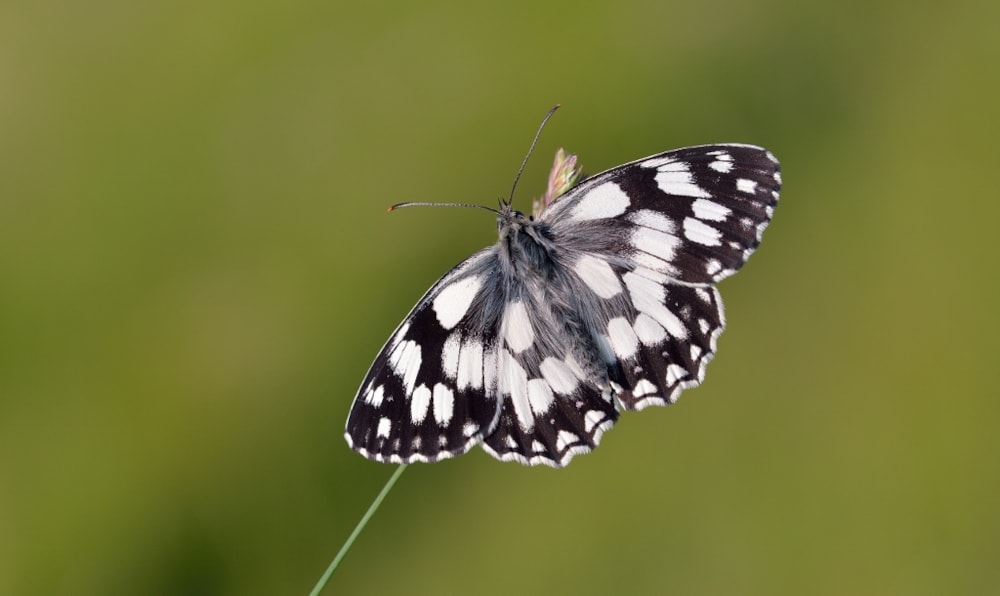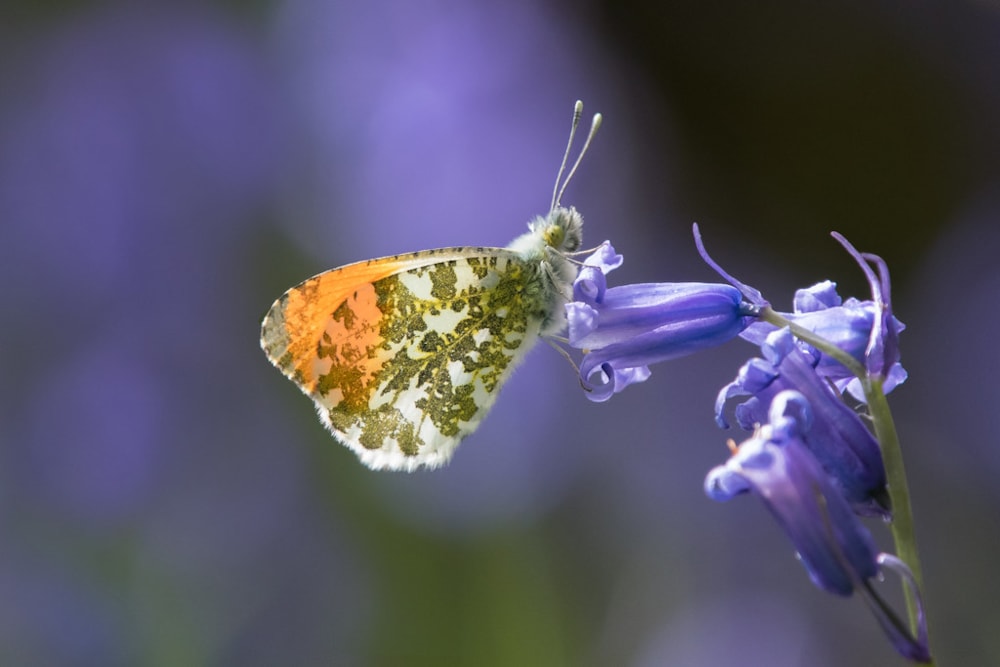Warm summer of 2019 gives UK butterflies a boost
UK butterflies enjoyed a superb year in 2019, with over half of all species showing higher population levels when compared to the previous summer.
Butterflies most likely benefited from an unusually warm and wet summer, which was conducive to both a strong emergence of adults and successful development of the immature stages preceding this.
This combination made 2019 the best year for UK butterflies since 1997, according to results from the UK Butterfly Monitoring Scheme (UKBMS). It was also the eighth best on record in the 44-year history of the scheme.
Summer flying species which benefited included Marbled White, which had its best year in the series with annual abundance up by 66%, Ringlet (second-best year in the series, up by 23%), Dark Green Fritillary (third-best year, up 51%), and Meadow Brown (fifth best, up 38%). The rare Lulworth Skipper, which is restricted to the Dorset coast and has been in freefall in recent year, rallied with its annual abundance up by a massive 138%.

In 2019 Marbled White enjoyed its best summer on record since 1976 (Bob Eade).
However, it wasn't all good news for summer-flying butterflies. Common Blue dropped in annual abundance by 54%, Adonis Blue by 40%, Green-veined White by 43% and Large White by 40%, with all four species having below-average years. Of particular concern is the rare Heath Fritillary, which is restricted to a tiny number of sites in southern England, which declined by 34%. This ongoing decrease raises fears for the long-term future of the butterfly, whose numbers have fallen by a shocking 91% due to the cessation of traditional management practices.
That said, 2019 was an excellent year for two of our three regular migrant butterflies which undergo periodic influxes, with Red Admiral annual abundance up by 195%, making it the fifth-best year in the series. Painted Lady numbers swelled by a massive 1,993% – the third-best number recorded.
Other species that performed well included several spring fliers, such as Chequered Skipper (up 175%), Orange-tip (up 63%) and Brimstone (up 32%), with each of these enjoying their best year on record. The threatened Duke of Burgundy also bounced back to log its eigth-best year in the series. These species were all likely to have benefited from warmer than average spring weather, while the Duke of Burgundy is also profiting from targeted conservation efforts.

Spring-flying species such as Orange-tip also prospered in 2019 (Tim Melling).
Professor Tom Brereton, Associate Director of Monitoring and Research at Butterfly Conservation said: "The results from the 2019 season are really encouraging and provide evidence that the overall rate of decline of butterflies is slowing and for some species being reversed. Reasons for this include positive conservation through agri-environment schemes, increased woodland cover, climate warming, increases in grazing levels by wild animals and a slowing in the rate of agricultural intensification.
"We're really heartened to see a shift in the fortunes of many of our most loved species. Encouragingly a number of Priority Species such as Adonis Blue, Brown Hairstreak, Dingy Skipper, Large Heath, Marsh Fritillary, Silver-studded Blue, Small Blue and the Silver-spotted Skipper that have been the focus of intensive conservation efforts in recent decades by Butterfly Conservation and partners are no longer in long-term population decline.
"The long-term situation for butterflies in general does remain a cause of concern though, with more species declining than increasing since the 1970s."
The annual UKBMS is led by Butterfly Conservation, the UK Centre for Ecology & Hydrology (UKCEH), British Trust for Ornithology (BTO) and Joint Nature Conservation Committee (JNCC). It has run since 1976 and involves thousands of volunteers collecting data through the summer. Last year 3,014 sites were monitored across the UK, a new record.

